Beneath the smooth ride of every car lies a complex dance of springs, shocks, and linkages known as the suspension system. This often-overlooked network plays a vital role in ensuring comfort, handling, and safety on the road. Yet, like any hardworking component, it requires thoughtful care and attention to perform at its best. In this article, we’ll explore practical tips and essential steps on how to maintain your car’s suspension system, helping you preserve that seamless balance between control and comfort every time you hit the road.
Table of Contents
- Understanding the Core Components of Your Suspension System
- Signs Your Suspension Needs Immediate Attention
- Routine Inspection Techniques for Long-Lasting Performance
- Choosing the Right Replacement Parts for Optimal Stability
- Professional Maintenance versus DIY Repairs
- Tips for Driving Habits That Protect Your Suspension System
- Q&A
- Key Takeaways
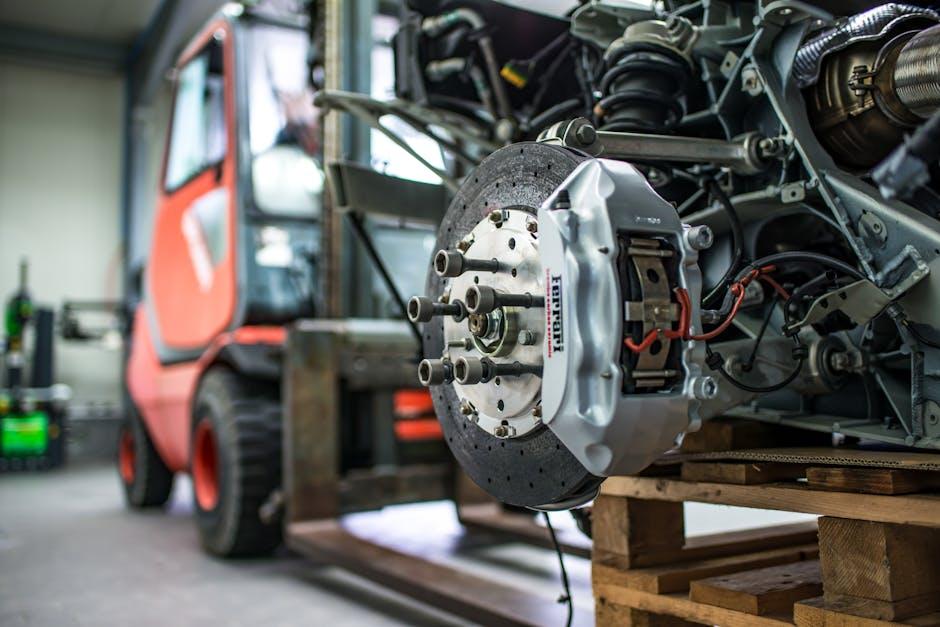
Understanding the Core Components of Your Suspension System
At the heart of your vehicle’s ride quality and safety lies a complex network of parts working together harmoniously. The main pillars of this system include shock absorbers, struts, springs, and control arms. Each component plays a distinct role: shock absorbers dampen the energy from road bumps, struts combine structural support with damping, springs bear the vehicle’s weight and absorb impacts, while control arms maintain wheel alignment and handle steering forces. Understanding the function of these elements helps you identify wear and potential issues before they become costly problems.
Here’s a quick guide to the core parts:
- Shock Absorbers: Minimize bounce and ensure tires stay in contact with the road.
- Struts: Support vertical loads and absorb shocks from uneven surfaces.
- Springs: Including coil, leaf, or air springs, they sustain vehicle weight and smooth out ride quality.
- Control Arms: Connect your suspension to the vehicle frame, allowing for controlled motion and wheel alignment.
| Component | Primary Role | Signs of Wear |
|---|---|---|
| Shock Absorbers | Dampen vibrations | Excessive bouncing, oil leaks |
| Struts | Structural support & damping | Uneven tire wear, knocking noises |
| Springs | Support vehicle weight | Vehicle sagging, rough ride |
| Control Arms | Maintain wheel alignment | Vibration, steering instability |

Signs Your Suspension Needs Immediate Attention
When your car feels like it’s riding on clouds—except those clouds are wobbly and uneven—it’s time to pay close attention. A telltale warning sign is excessive bouncing or swaying after hitting a bump or turn. If you notice your vehicle nose-diving during braking or leaning more than usual around corners, these sensations are your suspension begging for help. Another red flag is uneven tire wear, which often indicates that suspension components aren’t holding the wheels firmly in place.
Other symptoms might seem minor but can escalate quickly. Watch out for:
- Clunking or knocking noises over rough roads, signaling worn-out shocks or struts.
- Steering wheel vibrations at higher speeds, which can hint at suspension misalignment.
- Vehicle sagging on one side, showing possible spring damage.
| Symptom | Potential Cause | Immediate Action |
|---|---|---|
| Uneven Tire Wear | Worn Suspension Components | Schedule Inspection |
| Excessive Noise | Loose or Damaged Parts | Check Components |
| Vehicle Sagging | Broken Springs | Replace Springs |
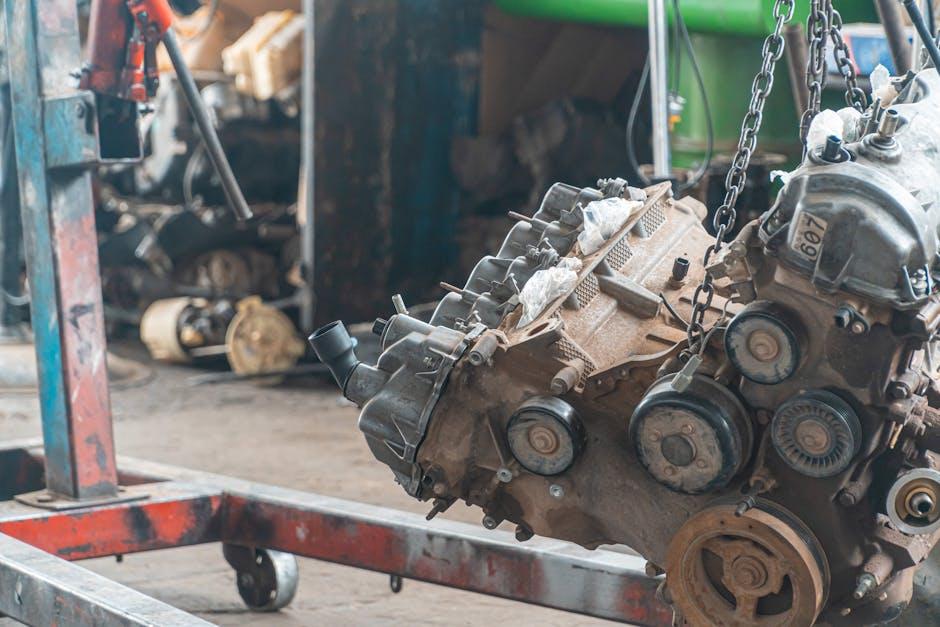
Routine Inspection Techniques for Long-Lasting Performance
Regularly checking your suspension system doesn’t have to be complicated. Start by visually inspecting key components such as shock absorbers, struts, and coil springs for signs of leaks, rust, or damage. Don’t forget to give the tires a thorough examination as well — uneven wear patterns often indicate suspension misalignment or worn parts. Incorporating these quick checks into your monthly routine can flag potential issues early before they escalate into costly repairs.
To ensure a thorough assessment, focus on these points during your routine inspection:
- Check for unusual noises: Listen for clunks and squeaks during driving or when going over bumps, as these often signal loose or damaged suspension components.
- Test bounce back: Push down on each corner of your car and observe how it rebounds; a slow or uneven return means worn shock absorbers.
- Inspect bushings and ball joints: Look for cracks or excessive play that compromise stability.
| Component | Signs to Watch |
|---|---|
| Shock Absorbers | Oil leaks, sluggish bounce |
| Coil Springs | Cracks, sagging stance |
| Ball Joints | Excess movement, noise |
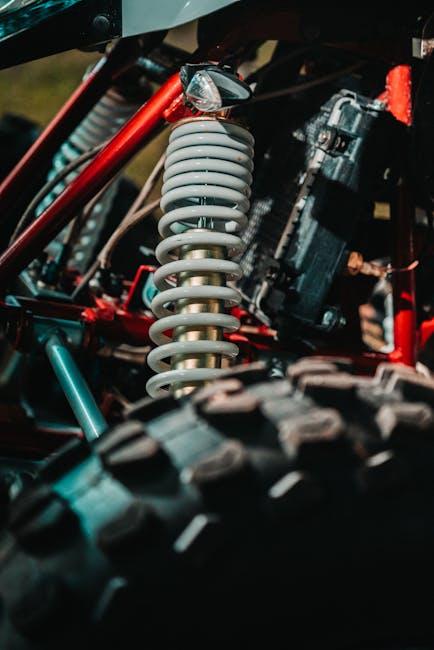
Choosing the Right Replacement Parts for Optimal Stability
When replacing components in your car’s suspension system, it’s crucial to prioritize parts that ensure long-term performance and safety. Opting for OEM (Original Equipment Manufacturer) parts guarantees compatibility and maintains the integrity of your vehicle’s design. While aftermarket options can be cost-effective, select brands with a strong reputation for quality and durability. Additionally, consider the material composition—high-grade steel or reinforced alloys often provide superior resistance to wear and stress, enhancing the overall stability of your ride.
Understanding the function of each part helps in making an informed choice. For example, choosing the right shock absorbers can dramatically improve damping efficiency, while selecting suitable bushings can minimize unwanted vibrations and noise. Use the table below as a quick reference guide when evaluating replacement parts:
| Component | Recommended Material | Key Benefit |
|---|---|---|
| Shock Absorbers | Monotube Gas-Pressurized | Enhanced stability and smoother ride |
| Control Arms | Forged Steel | Durability and precise control |
| Bushings | Polyurethane | Improved responsiveness and noise reduction |
| Springs | High-tensile Steel | Optimal load support and longevity |
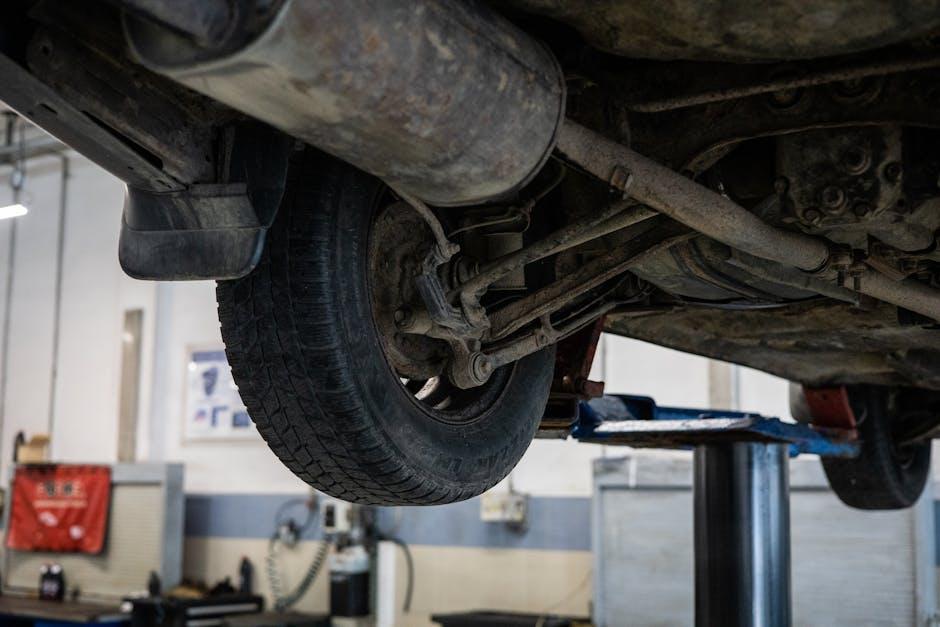
Professional Maintenance versus DIY Repairs
When it comes to your car’s suspension, professional maintenance guarantees precision and reliability. Certified mechanics have access to specialized tools and diagnostic technology that can detect subtle issues like uneven tire wear or misaligned shocks, which might escape the untrained eye. Additionally, professionals follow stringent safety protocols, reducing the risk of damage during repairs. Choosing expert services ensures that your suspension system is balanced perfectly, extending the life of your vehicle and providing a smoother, safer ride every time you hit the road.
On the other hand, tackling minor fixes yourself can be an attractive option for those with the right skills and tools. DIY repairs often save money and provide valuable hands-on experience, but they come with notable caveats. Without proper knowledge, you might overlook critical components or apply incorrect adjustments, leading to bigger problems down the line. Before deciding to DIY, consider these factors:
- Availability of detailed repair guides specific to your suspension model
- The complexity of the issue at hand
- Access to appropriate tools and safety equipment
- Your mechanical skill level and experience
| Aspect | Professional Maintenance | DIY Repairs |
|---|---|---|
| Cost | Higher upfront cost | Lower, but risk of additional expenses |
| Accuracy | Precise diagnostics | Depends on expertise |
| Safety | High—expert handling | Variable, risk if inexperienced |
| Tools Required | Specialized tools | Basic to advanced tools needed |
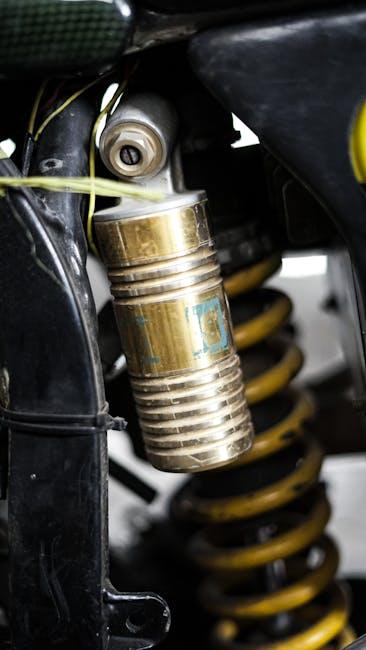
Tips for Driving Habits That Protect Your Suspension System
Adopting mindful driving habits plays a crucial role in extending the lifespan of your suspension system. Sudden braking and fast acceleration can put undue stress on shocks and struts, leading to premature wear. Instead, opt for gradual stops and smooth starts to ease the load on these essential components. Additionally, avoiding potholes and rough terrain whenever possible will prevent jarring impacts that can misalign or damage your suspension parts.
Consider these practical tips:
- Maintain proper tire pressure to ensure even weight distribution
- Drive cautiously over speed bumps, slowing down to minimize shock
- Avoid overloading your vehicle beyond its recommended capacity
- Schedule regular suspension inspections to catch early signs of wear
Q&A
Q&A: How to Maintain Your Car’s Suspension System
Q1: Why is the suspension system important for my car?
A1: Your car’s suspension system is like the unsung hero beneath the chassis—it cushions your ride, keeps the tires in contact with the road, and ensures stability during turns and braking. Without a healthy suspension, your driving experience becomes rough, unsafe, and can lead to premature tire wear or even damage to other components.
Q2: What are the common signs that my suspension may need maintenance?
A2: If you notice excessive bouncing after hitting a bump, uneven tire wear, drifting or pulling during turns, clunking noises from the wheels, or if the car leans noticeably to one side, your suspension could be waving a red flag. These symptoms suggest worn shocks, struts, or other suspension parts needing attention.
Q3: How often should I have my suspension system checked?
A3: Experts recommend a suspension inspection at least once every 20,000 to 30,000 miles or during regular service intervals. However, if you frequently drive on rough roads or notice any warning signs, don’t wait—schedule a check sooner.
Q4: Can I maintain the suspension system myself?
A4: While some basic checks—like visually inspecting shocks for leaks or looking at tire wear—can be done at home, most suspension maintenance requires professional tools and expertise. It’s best to leave in-depth diagnostics and repairs to qualified mechanics.
Q5: What routine maintenance helps prolong the life of the suspension system?
A5: Keeping tires properly inflated and balanced, rotating tires regularly, avoiding potholes when possible, and ensuring your wheel alignment is correct will all reduce unnecessary strain on your suspension. Clean components and timely replacement of worn parts also go a long way.
Q6: Are aftermarket parts safe to use for suspension repairs?
A6: Quality aftermarket parts can be a cost-effective way to maintain your suspension, but always select components from reputable brands and ensure they meet or exceed OEM standards. Low-quality parts may save money upfront but could compromise your vehicle’s handling and safety.
Q7: What consequences can ignoring suspension maintenance have?
A7: Neglecting suspension upkeep can result in a rough, unstable ride, decreased braking efficiency, uneven tire wear, and in extreme cases, structural damage to the car. It can also pose serious safety risks, especially at high speeds or in emergency maneuvers.
Q8: How does suspension maintenance impact overall vehicle performance?
A8: A well-maintained suspension improves comfort, enhances control, and optimizes tire grip. This not only makes driving more enjoyable but also helps your car respond predictably, reducing fatigue on other components and potentially saving you money on bigger repairs down the road.
Maintaining your car’s suspension system isn’t merely about comfort—it’s a crucial part of vehicle safety and longevity. Being attentive to its needs ensures your journey remains smooth, stable, and secure mile after mile.
Key Takeaways
In the end, your car’s suspension system is more than just a collection of springs and shocks—it’s the silent guardian of every smooth ride and safe turn. By taking the time to maintain it with regular checks, timely repairs, and mindful driving habits, you ensure that your journeys remain comfortable and controlled. Remember, a well-kept suspension doesn’t just protect your vehicle; it safeguards your peace of mind on the road. So, treat your suspension with the care it deserves, and let every drive feel like a well-tuned symphony of balance and stability.

